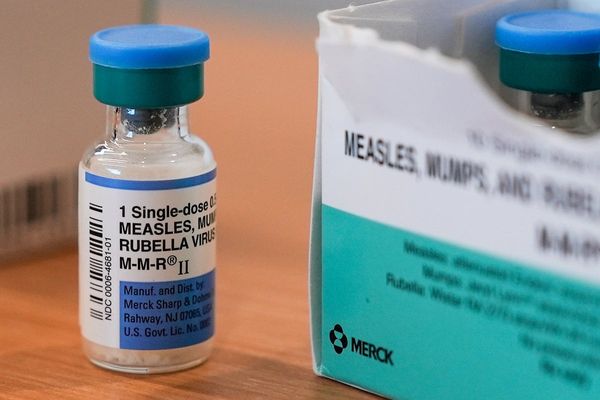- A recent study reveals that over a fifth of the world's ocean has darkened in the last two decades, reducing the surface layers of the sea that receive light, known as photic zones, and where most marine life exists.
- The darkening is attributed to factors like increased rainfall, agricultural runoff, harmful algal blooms, and climate change, with significant changes observed near the poles, the Gulf Stream, and the Baltic Sea.
- Reduced photic zones may force marine animals closer to the surface, increasing competition for resources and potentially altering the entire marine ecosystem, according to Tim Smyth of Plymouth Marine Laboratory.
- Changes in the ocean's photic zones could impact human activities such as recreation, transport, and food supply, potentially affecting the availability of prey and driving predators closer to shore.
- Researchers used data from NASA’s Ocean Color Web satellite and developed an algorithm to measure light in seawater, finding that over 9% of the ocean saw its lit zones reduced by more than 50 meters.
IN FULL







